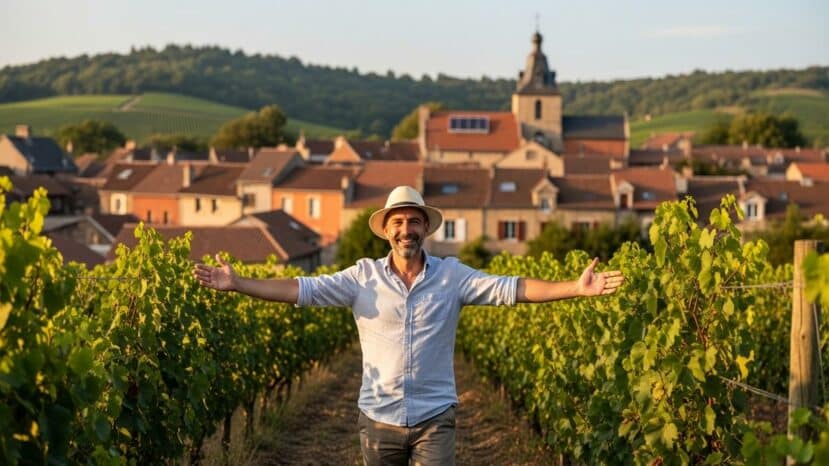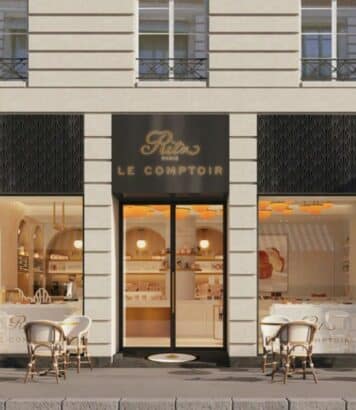Torgny, border village: why is it called Belgium’s Little Provence?

On the edge of the Gaume region, a border village attracts the curious. Its nickname, “Little Belgian Provence”, intrigues and makes you smile. Here’s why this hamlet on the edge of France is worth a slow stop.
Torgny, border village and “Little Belgian Provence
Torgny nestles in the south of the country, in the commune of Rouvroy, in the Province of Luxembourg. Just a stone’s throw from the French-Belgian borderthis border village enjoys a mild microclimate. The well-exposed hillsides warm the ochre stone walls. As a result, the light gives the village’s alleyways a Midi accent.
The houses feature red tiles and golden facades. And when the sun comes out, the gardens are alive with flowers. This border village cultivates a simple art of living, between Belgium and Lorraine. The vineyards on the slopes tell an ancient story.
Listed as one of the Most Beautiful Villages in Wallonia, Torgny is all about gentleness. Its narrow streets invite you to look up at the sundials. Linger on the dry stone walls, then head for the vineyards. This border village inspires unhurried weekend visits, photo after photo.
“Here, time slows down and the border fades away.”
Access, seasons and visiting rhythms
It’s easy to get here by road from neighbouring France. The gentle terrain is reassuring for weekend drivers. The border village can be explored on foot, without stress or compass. Bring soft shoes and a water bottle.
Spring and autumn offer the best light. As a result, the ochre facades blaze at sunset. In summer, the border village enjoys calm mornings and late afternoons. For the rest of the year, you can sit back and enjoy the fresh local produce.
- Come early in the morning to enjoy the quiet streets.
- Respect local residents and park on the outskirts.
- Bring your own water, hat and sunscreen, even in the north.
- Keep to the marked paths near the vineyards.
- Don’t pick wild flowers and take your garbage home.
Balsamique Réserve Famille Père & Fils – 12 years old. Its syrupy texture enhances a Gaume tomato salad and adds a touch of sweetness to grilled vegetables.
Why “Little Belgian Provence”?
Firstly, the Gaume microclimate softens winters and lengthens summers. As a result, the vines find a favorable window of opportunity here. The warm, luminous local stone does the rest. The border village takes on a southern feel, without the artifice.
Domaine du Chateau de Lamartine – cuvée ‘Signature’. What’s more, its supple mouthfeel goes well with roast poultry or a platter of local cheeses.
Sundials tell the story of the builders’ patience. As a result, each facade becomes a landmark for the stroller. Local residents sometimes open their workshops and share their know-how. This border village links its traditions with a discreet welcome.
Nature and vineyard walks
The paths run along low walls and sunny hillsides. The vineyard loop offers unobstructed views. From the heights, you can see France and the calm of the border village. In short, walking is for everyone.
Cave de Torgny – Cuvée Torgny PDO (White wine). In the heart of the border village, its citrus and white flower notes accompany fresh cheese or river fish.
Planning a trip to this border village
Booking a room with a local changes your stay. Exchanges also provide ideas for outings. This border village appreciates discreet, respectful visitors. From now on, everyone is careful to limit their impact.
Torgny – Honey. Its floral aromas soften a morning yogurt and then enhance a cheese platter.
Proximity makes cultures porous. As a result, accents mingle. The border village lives a cross-border daily life without emphasis. It’s a reality that lends relief to encounters.





No comments
Post a comment
Always participate in accordance with the law and with respect for others.